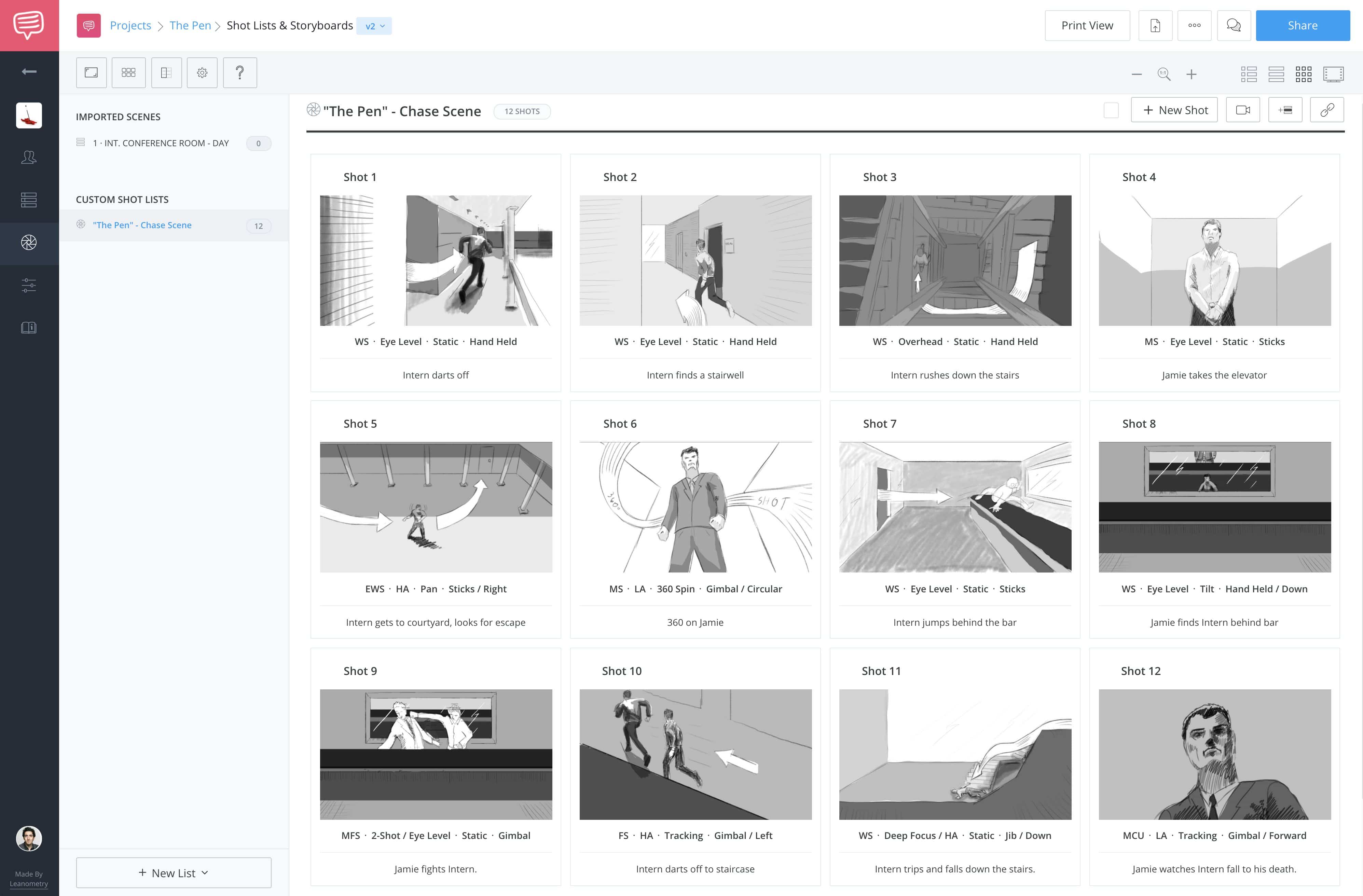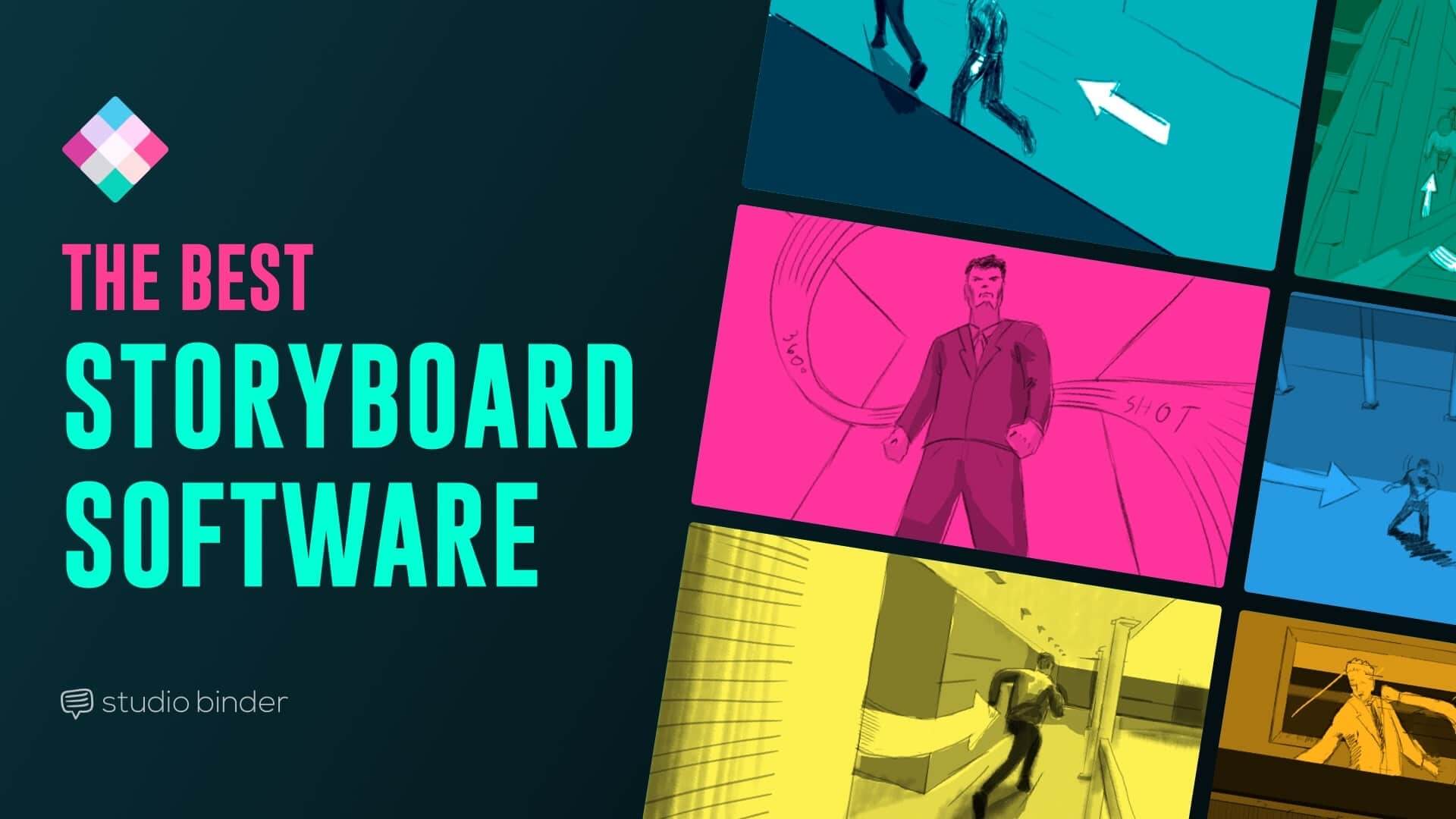
In Week 2, you will learn not only the functions and the sequences of a storyboard, but also the most useful ways to locate images, such as using photos taken with a digital camera and images downloaded from the internet based on the size, quality, type and usage rights. Then, we will also examine the importance of selecting appropriate images and creating a storyboard. We will explore the basic elements of the script, such as introduction, character development, tension and resolution that are necessary in developing a script. We will begin by discussing the steps in developing and writing a script for the digital story you will create in this course. In Week 2, we will focus on scriptwriting, storyboarding, and Creative Commons.
#FREE WRITING STORYBOARD PROGRAM PROFESSIONAL#
Teachers in the state of Texas may be eligible to receive Continuing Professional Education units if they complete the major requirements of the course.

Course participants will use WeVideo (), a free web-based video editing program, to create a digital story that could be shared both online and with students in the classroom. This course is intended for K-12 teachers in all disciplines, although it is open to anyone with an interest in digital storytelling. The course is fundamental because it covers the basic process of creating a digital story starting with just a simple script and as little as one image.

The course also provides a hands-on opportunity for learners to create their own digital stories.

By comprehensive we mean that the course provides a solid foundation for all of the components of a digital story and illustrates these components with tutorials, example stories, and links to additional readings. The course is designed to be comprehensive yet fundamental. Powerful Tools for Teaching and Learning: Digital Storytelling introduces educators to digital storytelling and explores ways to use digital stories to enhance students’ learning experiences.


 0 kommentar(er)
0 kommentar(er)
